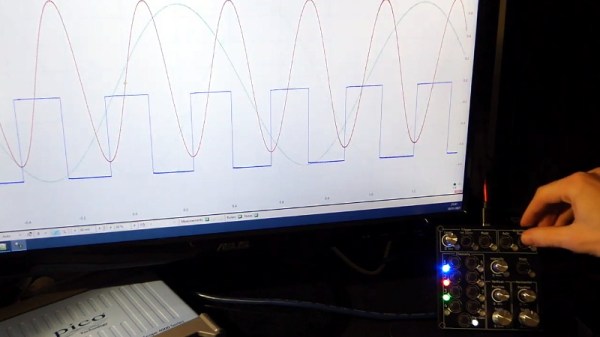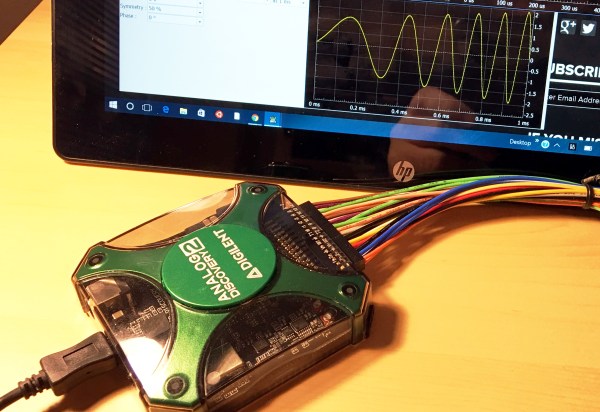Our hacker [haas] is at it again with the Haasoscope Pro, a full redesign of the original Haasoscope, which was a successful Crowd Supply campaign back in 2018.
This new Pro version was funded on Crowd Supply in April this year and increases the bandwidth from 60 MHz to 2 GHz, the vertical resolution from 8 to 12 bits, and the sample rate from 125 MS/s to 3.2 GS/s. Selling for $999 it claims to be the first open-everything, affordable, high-bandwidth, real-time sampling USB oscilloscope.
The firmware and software are under active development and a new version was released yesterday.
Continue reading “Haasoscope Pro: Open-Everything 2 GHz USB Oscilloscope”














